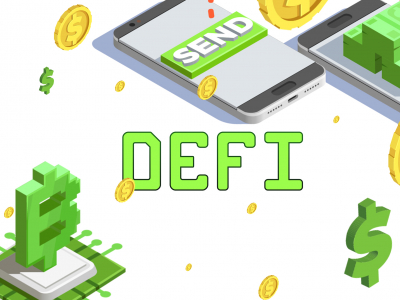The leader of Ethereum project, Vitalik Buterin explained the difference between public and private blockchain in a blog post. Both types of blockchains will be developed in the near future, says Buterin.
In a lengthy post, the founder of Ethereum highlights the difference between three types of sidechains that are being developed with the old public ledger as their base: the private blockchain, the consortium blockchain and the public blockchain.
Among the advantages of private blockchains Buterin lists the change of the rules, the knowledge on validators, low price of transactions and the fast reparability. “Private blockchains can provide a greater level of, well, privacy,” says Ethereum founder.
The public blockchains have their advantages as well. They provide a way to isolate application users from aplication developers. They “are open, and therefore are likely to be used by very many entities and gain some network effects”.
His explanation comes two week after the launch of Ethereum platform for smart contracts. This platform works with sidechains. Ethereum also allows users to build their own cryptocurrency tokens with a coin API.
Users of the new platform can pay the company with the new cryptocurrency called Ether (ETH). Ether is an internal network currency that can be used to pay for platform utilisation as well as to reward contributors for their services (e.g. for turning their computer into a mining computational node or volunteering to validate transactions). Those who wish to mine ETH, which is similar to bitcoin mining, need to download the Ethereum genesis block with all the transactions from the ETH crowdsale, that happened last August.
Roman Korizky












